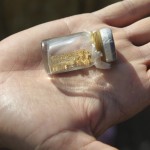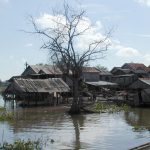SDG 3 Good health and well-being
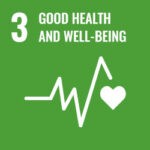
table td { border: 1px solid; } Sustainable Development Goal 3 (SDG 3) seeks to “ensure healthy lives and promote well-being for all at all ages”.1 The goal encompasses a wide range of mortality rates, infection numbers for many diseases, tobacco use, suicide rates, road ...
Terms and definitions
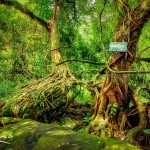
Defining and measuring forests is not an easy business. Definitions that initially sound very similar can turn out to have crucial differences. Understanding the terms is important for understanding forest use, forest cover, forest laws and policies and deforestation. ...
Economic policy and administration
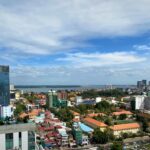
After the first general election in 1993, the government prepared and implemented a comprehensive micro- and macroeconomic policy and structural reform program to integrate Cambodia’s economy into the region and the world as well as stimulate its economic growth.25 In the two decades following that ...
SDG 18 Cambodia mine/ERW free
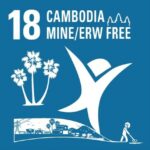
Cambodia has added an 18th goal to its localized version of the Sustainable Development Goals (SDGs) – “End the negative impact of mines/ERW and promote victim assistance”.131 The SDGs were adopted by all United Nations member states in 2015 as a universal call to action ...
Industrial mining
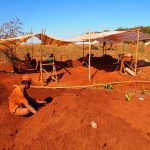
There is no large industrial-scale extraction of minerals carried out in Cambodia yet, but many exploration licenses have been granted and some mining companies have reported promising finds of minerals such as gold. Today companies from China, Korea, Vietnam, Australia and elsewhere are exploring for ...
Cooking fuel
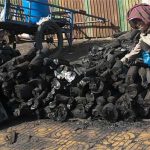
Firewood and charcoal are the main sources of energy for households and many small and medium enterprises, such as brick and tile industries. The cooking fuels used in Cambodia have changed greatly in the last decade. The National Census 2008 showed that 91 percent of ...
Air pollution
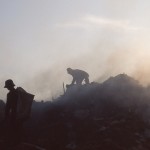
The smoke and stench blow into the air in Phnom Penh’s huge landfill. Photo by Alan Morgan, taken on 17 September 2011. Licensed under CC BY-NC-ND 2.0Air pollution originates mainly from the burning of fuels such as petroleum, diesel and coal in the transport, household, ...
Agricultural production

Rice field in Cambodia’s countryside. Photo by fmpgoh, taken on 15 July 2009. Licensed under CC BY-NC-ND 2.0The main products from the agriculture sector are rice, rubber, corn, vegetables, cashews and cassava. Unprocessed agricultural exports were projected to be more than 90 percent of total agricultural ...
Forest classifications
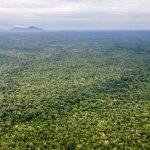
The classification of forests is set out in the Law on Forestry 2002. The law applies to both natural forests and plantations, and “defines the framework for management, harvesting, use, development and conservation of the forests in the Kingdom of Cambodia. The objective of this ...
Agricultural policy and administration

Agriculture in Cambodia accounts for approximately 56% of the labour force. The size of the sector means that policies developed here have a significant impact on the whole country. Agricultural policy and administration is managed by the Ministry of Agriculture, Forestry and Fisheries (MAFF). There ...
Head of state
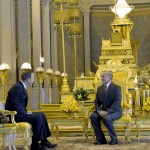
The Kingdom of Cambodia is a constitutional monarchy. The king is the head of state for his lifetime but does not govern. ...
Renewable energy production
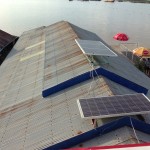
Renewable sources of energy include biofuels, solar, wind, tidal and geothermal energy. Fossil fuels such as petroleum or coal are not renewable. ...
Electricity production
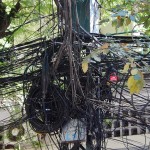
In Cambodia, electricity demands have been forecast to grow at 17.9 percent annually from 2012 to 2020.269 Distribution of electricity around the country has been a challenge: according to UN data, 79 percent of people live in rural areas,270 and the entire national population had grown ...
Construction
Construction on a Phnom Penh tower block. Photo by Axel Drainville, taken on 4 May 2011. Licensed under CC BY-NC 2.0The construction industry has boomed in Cambodia. From 2000 to November 2018, Cambodia’s Ministry of Land Management, Urban Planning and Construction approved 43,136 construction projects representing ...
Special economic zones

A Special Economic Zone (SEZ) is a defined area within a country that is subject to different laws and regulations than other areas of the country. These comprehensive industrial areas provide preferential incentives to investors and offer government import-export administrative support to facilitate trade. Though ...
Forest cover
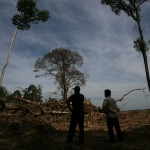
Cambodian forest cover has reduced dramatically in recent decades. In 1973 there were 13.1 million hectares of total forest, but by 2014 the total cover had fallen to 8.7 million hectares. ...
Forests and forestry

Cambodia’s forests have seen a significant reduction of total forest and dense forest cover in recent years, the growth of plantations, particularly rubber, and an ongoing problem with illegal logging. ...



